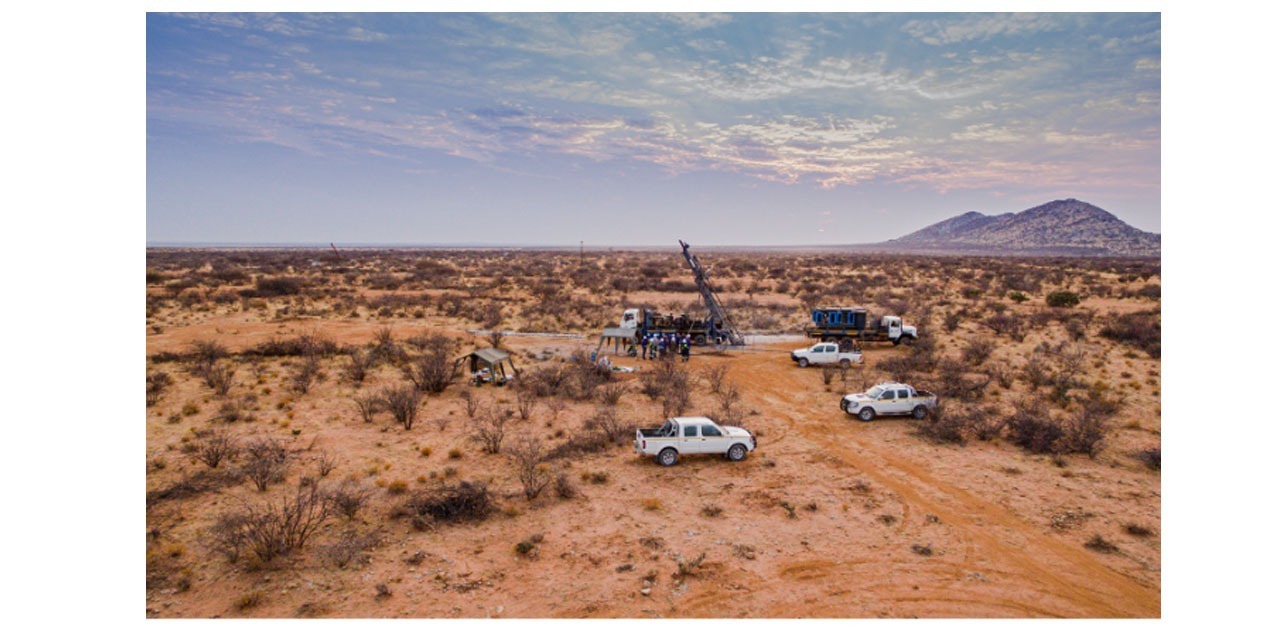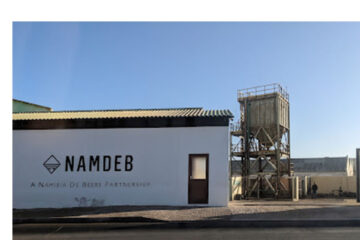CHAMWE KAIRA
Water and electricity supply have been cited as potential risks that could affect the establishment of a new gold mine in the Erongo Region.
The definitive feasibility study of the Twin Hills Gold Project near Karibib has said a key project risk is water supply.
In order to mitigate this risk, Osino Resources Corp, the company that plans to build the mine has confirmed the long term supply potential from the nearby aquifers in limestone formations and has begun investigations to construct a small dam on the nearby ephemeral river. Osino is a Canadian gold exploration and development company.
The company also plan to upgrade the Karibib water treatment plant and pump water from there or from the Kranzberg aquifer to site.
The company has modelled the expected significant quantity of excess pit water after approximately year four of the mining schedule.
The supply of stable electricity has also been cited as a potential risk. The study said an additional key project risk is the 36 to 48 month NamPower grid power procurement and construction time.
Once the initial grid power deposit payment under the signed PSA has been made, Osino said it intends to investigate various alternative options to accelerate the grid power procurement and construction lead time.
The Twin Hills Gold Project is located 150 km northwest of Windhoek and is owned by Osino Resources Corp through local subsidiary companies.
Osino estimates that the mine will be an economically robust open-pit gold operation with a
2.15 million of ounces of gold reserve, 13-year mine life and average annual gold production of over 169 000 ounces per annum.
The project is comprised of 12 exclusive prospecting licenses (EPLs) granted by the Ministry of Mines and Energy, which are held over a combined area of 153,658 hectares in and around the regional towns and settlements of Usakos, Karibib, Omaruru, and Wilhelmstal.
Parts of the project area were explored historically by Anglo American, as part of their regional exploration campaign associated with the development of the Navachab gold mine.
The definitive feasibility study said mining will take place by conventional open pit methods and the whole mining operation, except for the mine technical services function, will be outsourced to a reputable mining contracting specialist.
Bulk electrical supply will be sourced from the NamPower and the company is presently developing this new transmission level substation near Karibib from which power for the mine will be derived. Osino said it also plans to build a renewable energy plant.
Osino said the solar farm will be constructed, owned and operated by an independent power producer, with the sale of renewable energy taking place via a private power purchase agreement.
“The cost of energy proposed within the private power purchase agreement is less than that of NamPower, thereby reducing the effective annual energy cost of the project. No battery storage system is proposed, with the supply from NamPower therefore making up the energy demand shortfall during low-light or night hours.”
The solar farm at peak production is expected to offset approximately 37% of the mine’s total energy. The study said the financial model was completed on a 100% project basis and includes a 3% gross royalty and 1% export levy to the Namibian government.
The economic analysis carried out for the project uses a cash flow model at a base gold price of US$1750 per ounce gold and a 5% discount rate.
The breakeven is at a gold price of US$1230 and implies that the capital investment is repaid plus a 5% return using a 5% discount rate.




